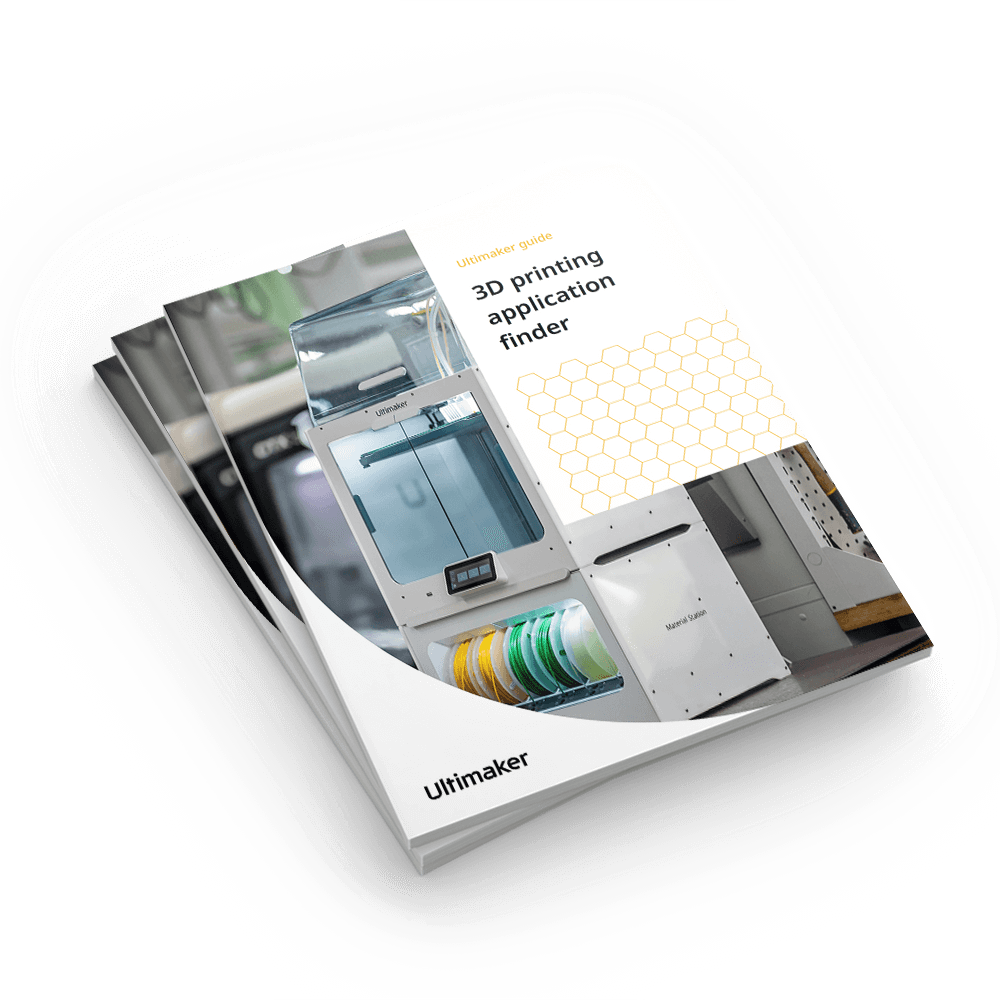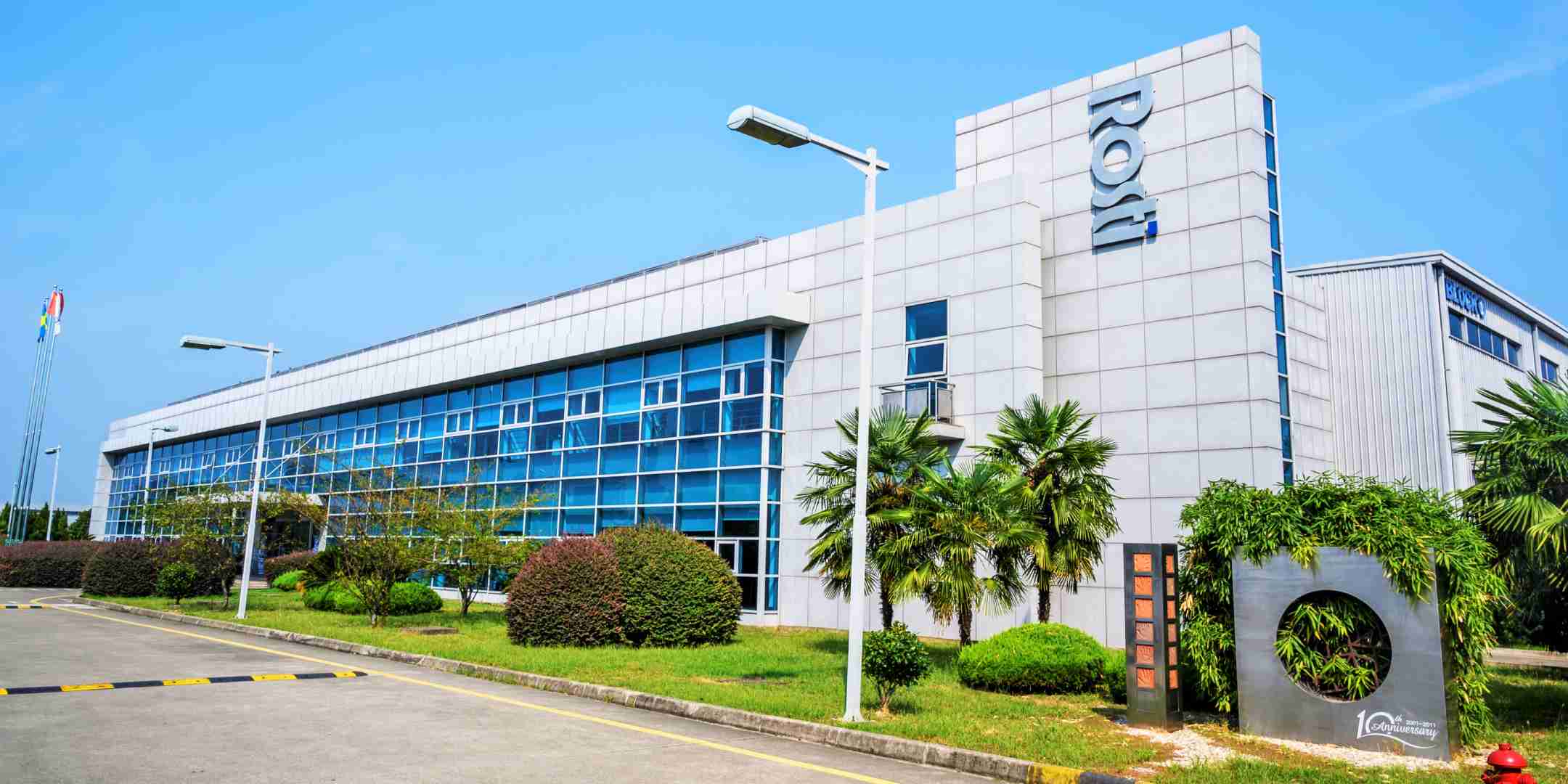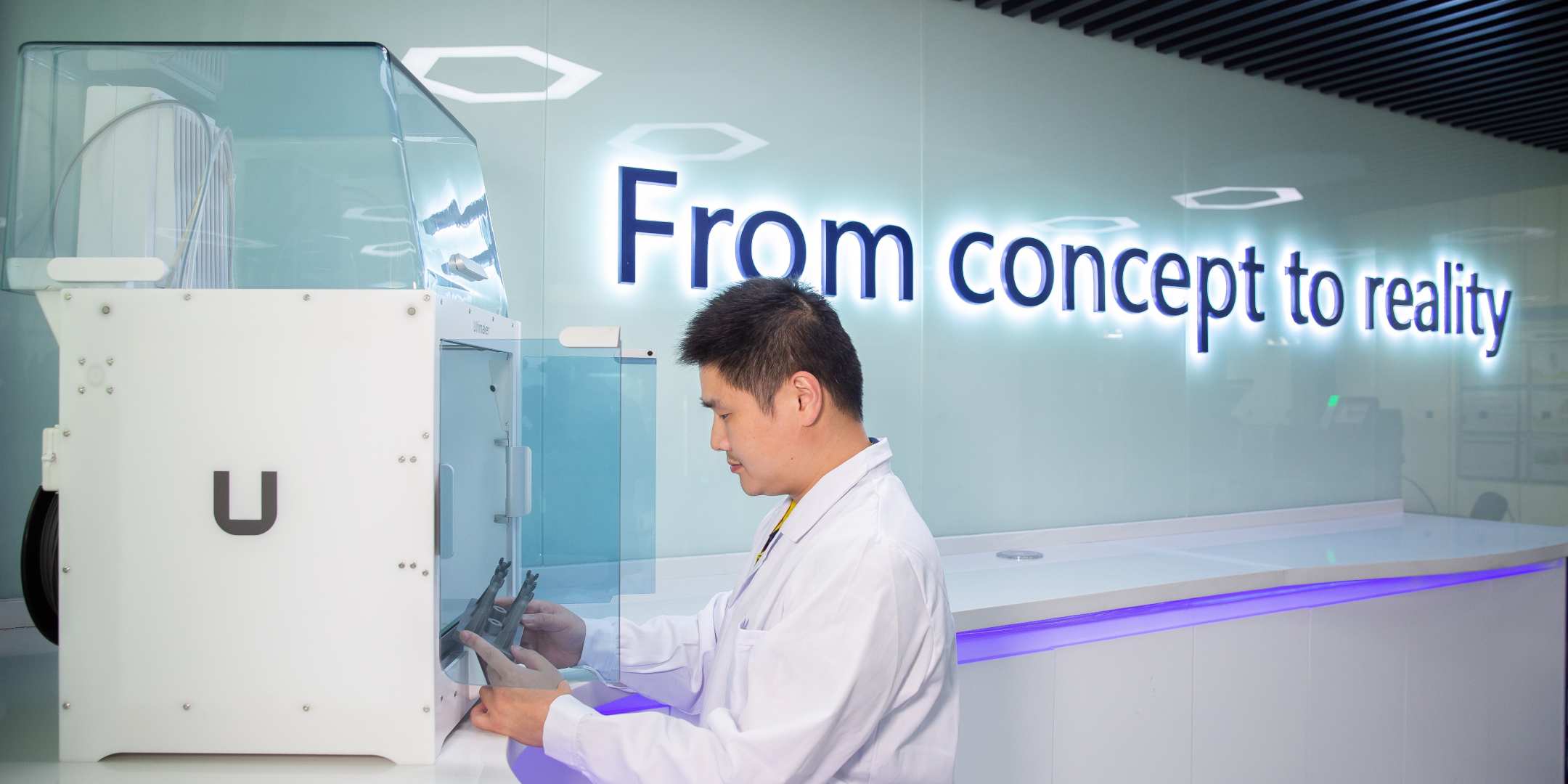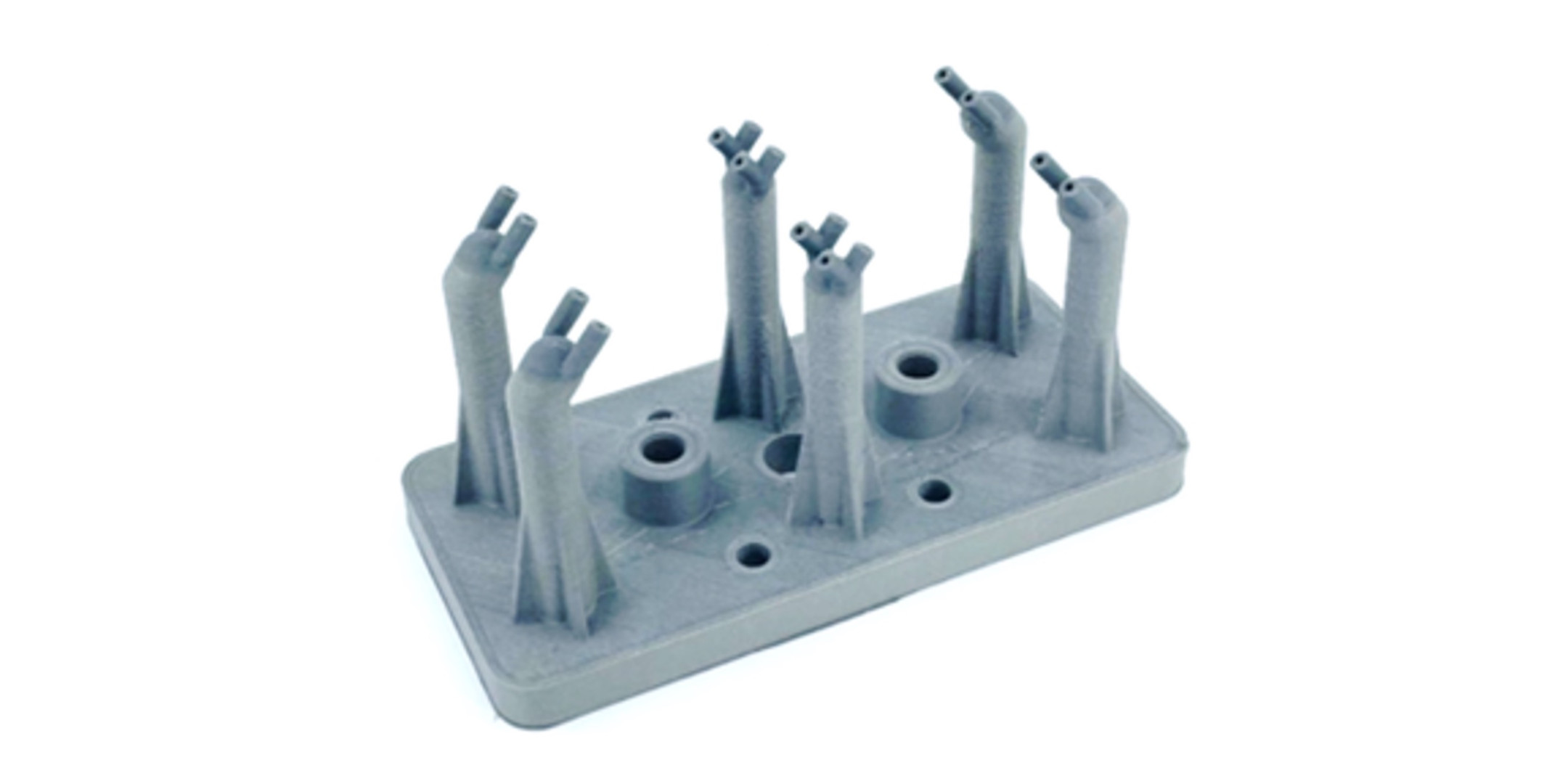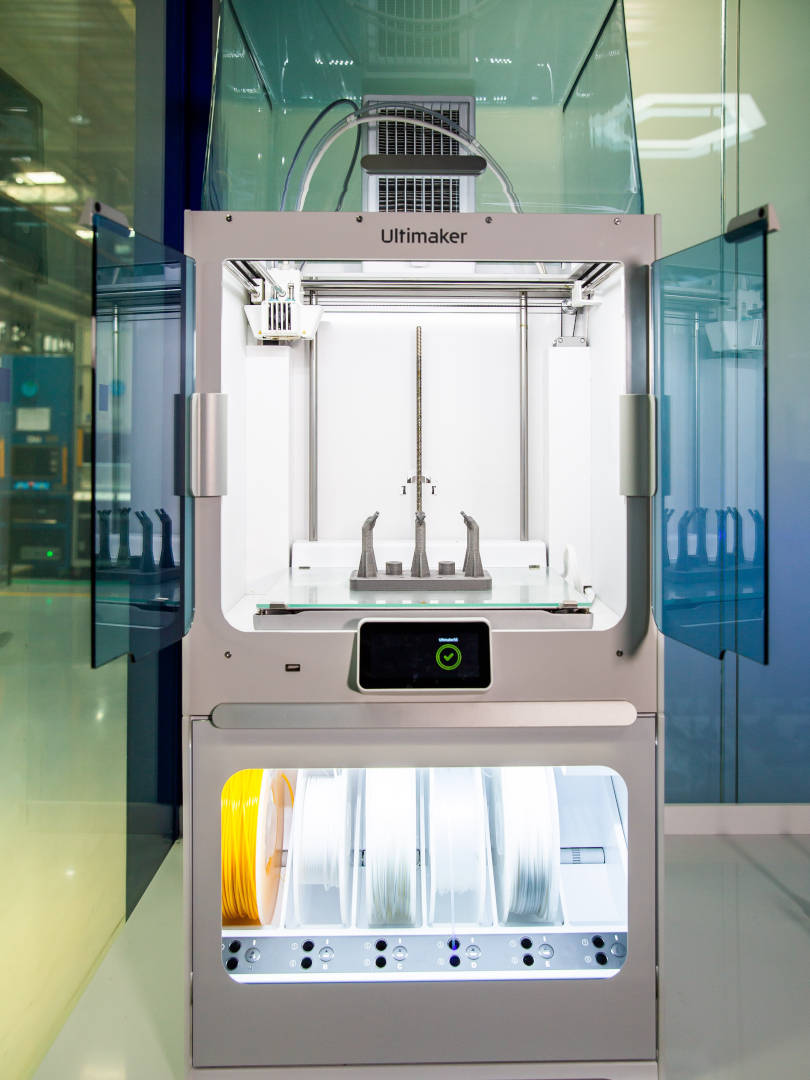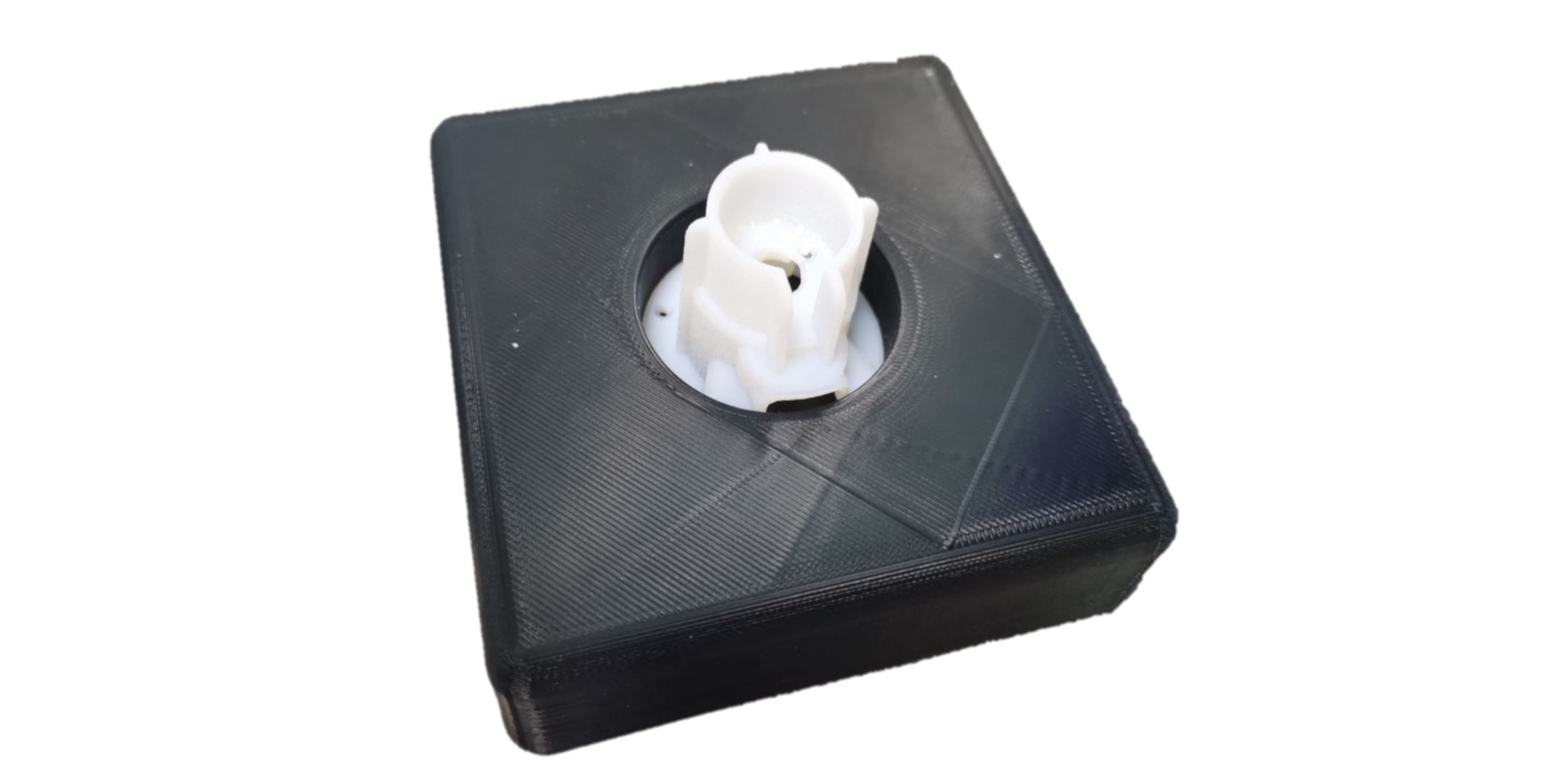For over 75 years, Rosti has been delivering innovative solutions to customers. Rosti provide injection molding and contract manufacturing services to industries as diverse as packaging, consumer and business appliances, automotive, and healthcare and medical. Their long-lasting success is based on forming partnerships with their customers, and helping them reach their goals through leading-edge technology, flexibility, and integrity with a conscious focus on sustainability from concept to reality.
Bringing product designs to reality
Smart hands-free hygiene devices, an IoT consumer face care product with APP connectivity, a Covid testing medical diagnostic device and an award-winning UV water purification product.
These are just some of the innovations that Rosti has managed to design, develop, and deliver in recent years for their valued customers. With an extensive portfolio of technologies such as mold decoration, heating and cooling, multi-shot molding, liquid silicone rubber injection molding (LSR LIM) and injection blow molding to boost their global impact to customers through innovation.
With a streamlined 3D printing process and 3D printing equipment that can keep up with their pace of operations and expansion, Rosti has managed to further reduce time to market for their customers.
While these product development successes are commonplace for Rosti today, the company has had to find ways to further accelerate the product development cycle.
One of the Rosti Group’s world-class manufacturing facilities, in Suzhou, China
Time, trials, and tribulations
Three years ago, Rosti faced challenges in manufacturing assembly fixtures in a timely and cost-efficient manner. The prototyping methods it had used were no longer meeting customer time requirements. A potential solution involved outsourcing additive manufacturing to reduce lead time, but this quickly led to bottlenecks with customers, who wanted to get their products to market as soon as possible.
After researching various models of fused filament fabrication (FFF) 3D printers, Rosti began using an Ultimaker 3 Extended 3D printer. It was a hit, in terms of both value for money and cost efficiency – especially when considering the large volumes of prints that needed to be produced.
This volume began increasing, then increasing again. This meant Rosti needed to expand its 3D printing capabilities with the Ultimaker S5 Pro Bundle, which enabled the company to use fiber-reinforced 3D printing filament – a game-changer when it came to print results.
A streamlined design process workflow
Since beginning to use the Ultimaker S5 Pro Bundle, Rosti has been able to create fixtures and assembly parts that are as strong as those created from subtractive methods such as CNC machining. These parts were suitable for testing and could also be used in production environments without breaking or sustaining damage.
“With the Ultimaker S5 Pro Bundle, we are now able to print high-strength and high-temperature materials at a fraction of the cost of previous methods,” Scott Dickson, NPD Manager of Rosti Suzhou, said.
A Rosti Innovation Lab employee uses an Ultimaker S5 with its Air Manager
The integration of the Ultimaker S5 Pro Bundle into its design process was seamless, as Rosti had been using Ultimaker 3D printers for several years. Rosti’s design team was also familiar with the Ultimaker platform, on which it was able to capitalize with Ultimaker Cura – which the team uses to fine-tune project designs – and the new CC print core, which offers high precision and durability, even with fiber-reinforced filament.
All printing is done within Rosti’s Innovation Lab, where the design team focuses on increasing the speed at which it can deliver new products to consumer markets – which successfully supplies product samples within 72 hours.
Rosti doesn’t just use 3D printing for its customers, however. With an ever-increasing knowledge of FFF, Rosti’s production staff are now able to propose new project and design ideas for the company itself, including those that enhance or improve productivity and health and safety.
These ideas are proposed from the many different departments within their factory while their design and development teams are responsible for bringing those ideas to life with the Ultimaker S5 printer.
A custom-designed end-of-arm tooling (EOAT) created on an Ultimaker S5 Pro Bundle
The following is a table of comparison between the Ultimaker 3D printers and CNC machining:
| Ultimaker 3D Printers | Supplier CNC and assembly |
|---|
| Cost per part* | $15 | $450 |
| Lead time | 6 hours | 7 days |
*Costs include manual post-processing work
Heightened state of performance
Rosti’s competitive edge focuses on new technology development to further reduce costs and time to market for its global customers. Here, Ultimaker plays an integral role, empowering Rosti to rapidly produce and iterate on parts and fixtures that are constantly being improved based on feedback and real-life use.
A custom-designed printed circuit board assembly (PCBA) soldering location fixture
The following is a table of comparison between Ultimaker 3D printers and Supplier CNC machining:
| Ultimaker 3D Printers | Supplier CNC machining |
|---|
| Cost per part* | $5 | $200 |
| Lead time | 4 hours | 5 days |
*Costs also include manual post-processing work.
“With our Ultimaker S5 Pro Bundle, we can now remove traditional manufacturing methods from the development of assembly and production fixtures. We can now achieve this in days instead of weeks, with the confidence that the fixtures will hold up in a production environment,” Scott said.
Looking for your own industrial 3D printing applications?
























